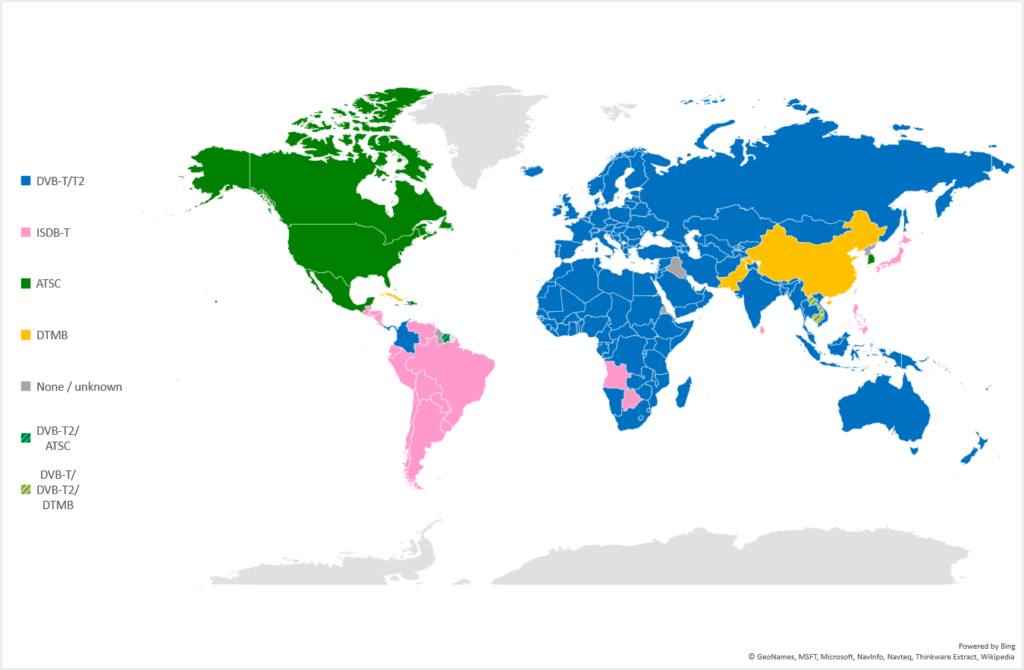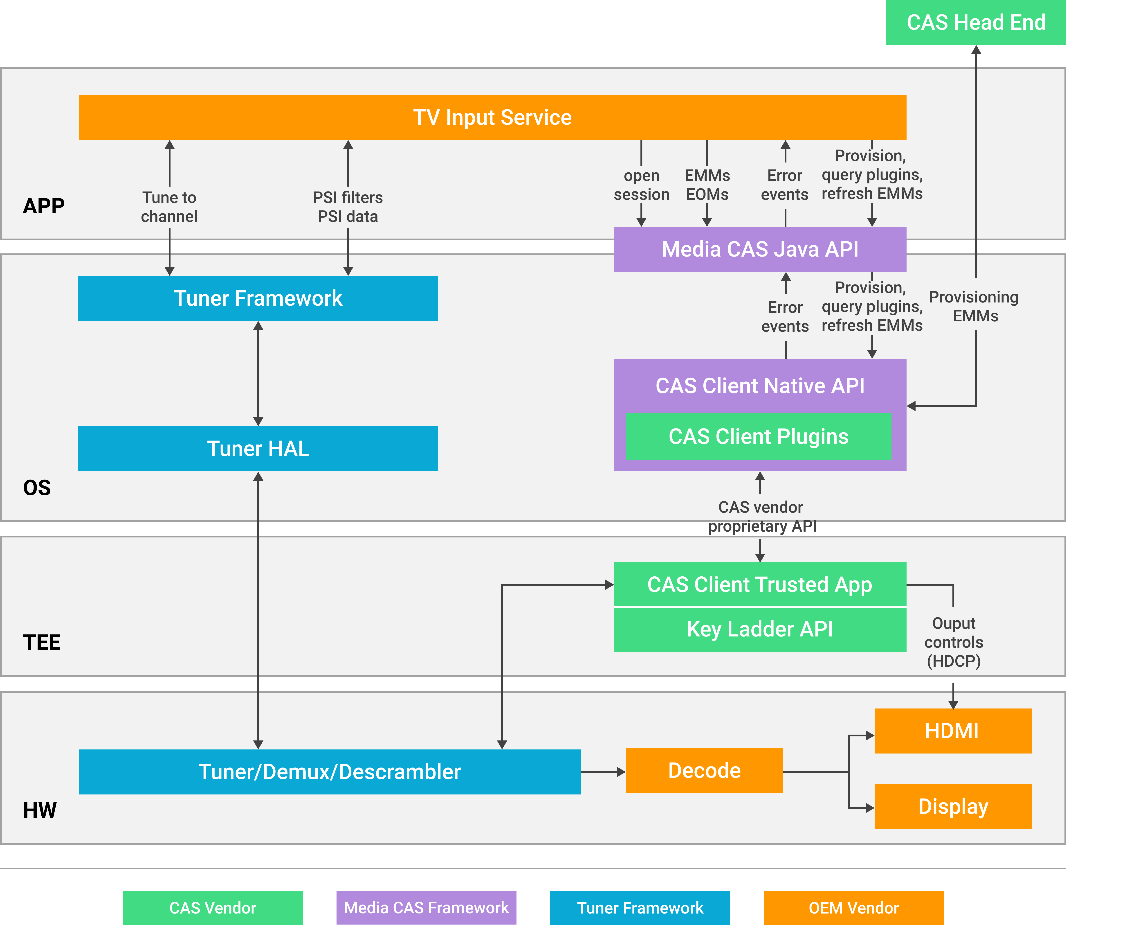Android Tuner Framework Overview
Sungtai Kim
Team Lead/Android Platform Dept., Altimedia Corp.
So far, TV viewers had to be either connected to a terrestrial antenna or subscribe pay TV services such as cable, satellite, and IPTV that provide more channels. Although the proportion of IP-based OTT services is rapidly increasing, it is reported that the most common media consumption pattern is still linear channel watching.
The most basic component for receiving real-time broadcasting is a tangible tuner which allows to receive the broadcasting signal. Through this component, the receiver can acquire real-time content and its metadata delivered through the broadcasting network, and it is processed and delivered in a form that can be used in applications through device platforms such as middleware. Tuner technology has been developed into multiple standards depending on the type of network such as terrestrial, satellite, cable, and IP, and countries & regions applied.
[Status of Terrestrial Broadcasting Standards by Country, DVB Org.]
The set-top box, a dedicated receiver for broadcasting services, is developed using SoC that supports the above standard technology, and basic broadcasting functions are implemented through the Driver APIs provided by the SoC. In the process of developing traditional Linux set-top boxes, a relay interface has been provided for Web or Java applications using software platforms such as middleware. Android set-top boxes, which have recently been in the spotlight, require a similar type of dedicated interface and the corresponding software stack is supplied by the set-top box manufacturer or middleware supplier.
Google has been making growing efforts to provide a common platform which minimizes Android's hardware dependency. The Android TV, a broadcasting service platform, is also developing an open platform in the same context. Ever since the introduction of Android TV through Boot Camp in June 2014, Android TV has made efforts to include the technical domain of traditional broadcasting services (Broadcast or Multicast) as well as the IP-based media processing. The representative technologies introduced in this process are as follows.
• TIF (TV Input Framework)
TIF refers to a standard information input interface for providing and controlling real-time broadcasting services, and supports search and recommendation utilizing its metadata. Contents input according to TIF can be serviced through 'TV App', one of Android TV's system applications, and it accesses channels obtained from the built-in or IP tuners.
[TIF Diagram, Google]
• CAS Framework (Media CAS)
CAS Framework defines a common APIs to enable Conditional Access (CA) services across a variety hardware, including digital cable, satellite, terrestrial and IPTV systems. It provides a standard framework that allows set-top box manufacturers to interoperate multiple CAS solutions within Android environment and works with TIF and the Tuner Framework to follow.
[Media CAS Architecture, Google]
Google recently announced a standard interface for handling tuner-based real-time broadcasting called Tuner Framework on android 11. This allows a faster integration between the tuner and CAS system and offers a secure environment within Android for content protection collaborating with TEE(Trusted Execution Environment) and SMP(Secure Media Path). The Tuner Framework supports major international broadcasting standards, and SoC manufacturers are researching and developing SDKs that support the specifications so that broadcast service applications can directly control the tuner through this framework.
[Interactions between Android TV components, Google]
As TV Input Framework, CAS Framework, and Tuner Framework are technically connected, Google's effort to mount an open broadcasting platform on Android is nearing completion. Since the Tuner Framework was recently announced, there is still a lack of full satisfaction with broadcasters' requirements. However, it is clear that the Tuner Framework will gradually improve, and the value of Android TV as a terminal platform for pay broadcasters is expected to increase further.





